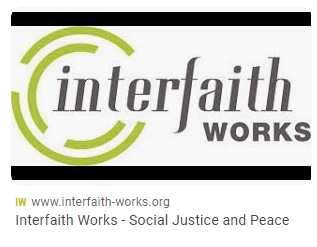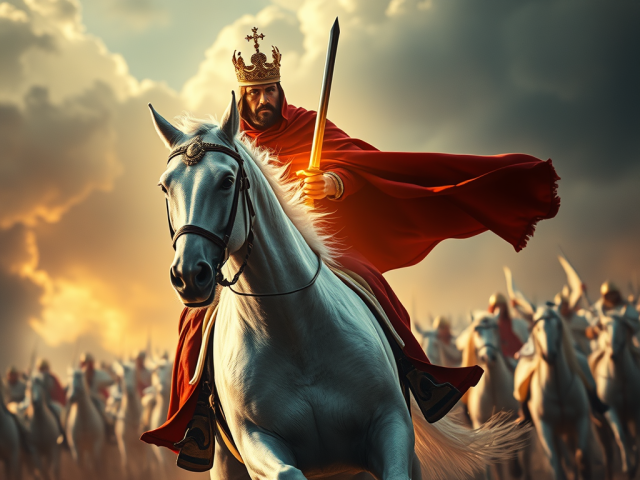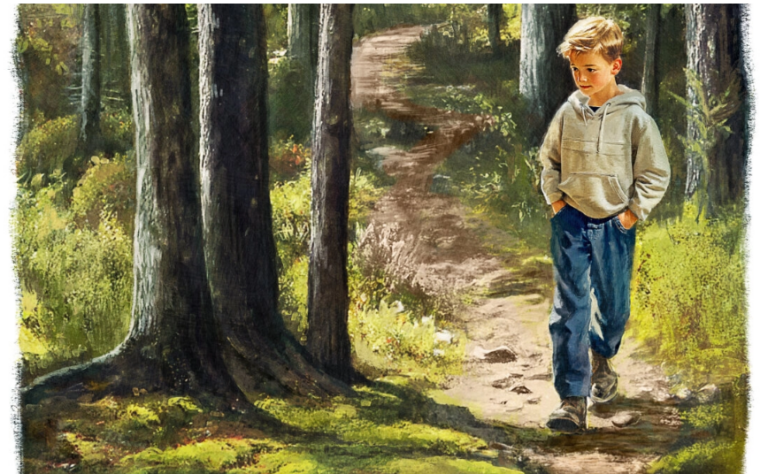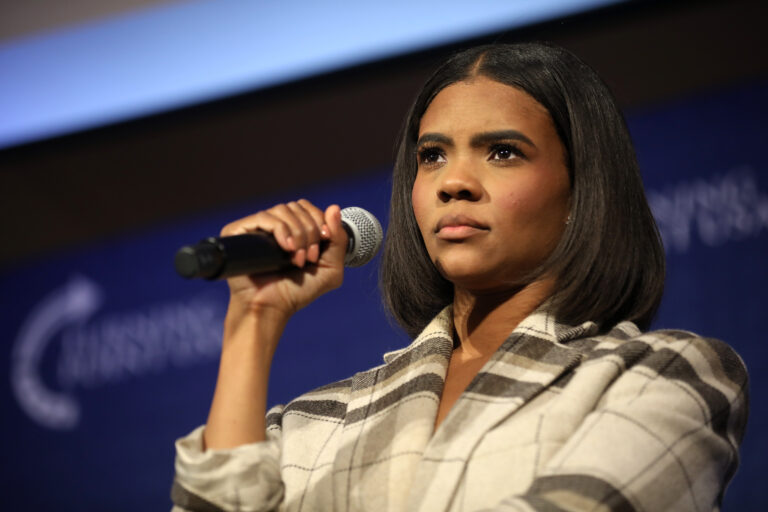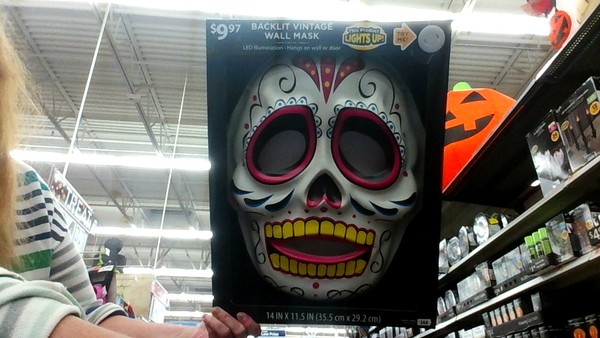
By Susan D. Harris
All Photos by Susan D. Harris
It’s practically official: The truly unique American Halloween experience has been forced to incorporate the Mexican Day of the Dead. Elite globalists made a decision somewhere, somebody flipped a switch, and 2017 sees the dawn of the Day of the Dead in America. Also known as “Dia de los Muertos,” it’s suddenly appearing in decorations, costumes, candy, magazine covers, games and any other place it can be crammed down our throats. I’m sure some people in Southern states are aware of this holiday, but this year it’s been commercialized across the country. I can personally confirm that Day of the Dead decorations have made it to stores near the Canadian border; leaving many hillbilly New Yorkers scratching their heads at the flowers and sugar skulls spilling off their local Halloween shelves.

There’s always going to be the puritan Christians who maintain that participation in any Halloween activity will send one straight to the devil. However, I think everyone can agree there are many different roots to what grew into one of America’s biggest holidays. (The National Retail Federation predicts we’ll spend a record $9.1 billion on Halloween festivities this year.)
Whatever it may have grown into, the Halloween fright night Americans came to know and love never involved anything even close to human sacrifices, or any solid belief in keeping departed souls scared off or welcoming others. It’s good enough to say, as this article does, that: “The book Every Day’s a Holiday accurately observes that Halloween “probably combines more folk customs the world around than will ever be sorted out, catalogued and traced to their sources.”
That sums it up. To me, Halloween was nothing more than a fun concoction with elements of the Brothers Grimm, a few old wives tales and certainly some pagan roots. And pagan roots there must be to everything due to the fact that they were here first. Painstakingly tracing pagan roots for every modern day celebration, in my humble opinion, leads one down a rabbit hole.
To the average American, Halloween has mostly been a childhood tradition of carving pumpkins, hanging spooky pictures, dressing in costumes and going door-to-door to collect candy. If there was anything evil to that — most of us were none the wiser; and that simple truth left us innocent, happy, and unqualified to be condemned in any Judeo-Christian dictum for worshiping the golden calf.
If we are to adopt the Day of the Dead, (since the ‘forced globalization powers that be’ seem to be thrusting it upon us); we must now take our children to Grandpa’s grave and build an altar to him on November 2. We must spend days baking and creating skeletons in a ton of different ways — in fabric, plastic, statues, dolls, face paint and edible sugar skulls. These we place on Grandpa’s grave with a ton of flowers. We put a picture of Grandpa on the altar. We know he doesn’t look like the Grandpa we remember however; he’s just a skull and bones lying under that dirt now. What a great way to remember him…to remember all our loved ones who’ve passed away. We leave flower petals and light candles to guide Grandpa to his worm-infested tomb, because we really believe he’s coming back there for a visit. We then take all the sweets and goodies (and crunchy grasshoppers) off Grandpa’s grave and eat them by candlelight; wash them down with a swig of tequila and dance. They say it’s a beautiful thing. (For some reason Shirley Jacksons’ The Monkey’s Paw comes to mind.)
It is the spiritual aspect of this I find most disturbing. Building altars for the dead in order to lure them back for a visit is antithetic to traditional American Judeo-Christian beliefs. One has to believe that this big push is part of a larger multicultural aim to erase the lines of our traditional belief system and smudge it into a nice globalist multi-colored blur.
From a Brain Games book to spandex leggings – you can click on this gallery of pictures of Day of the Dead merchandise in my area. Even this month’s cover of Better Homes & Gardens implores you to “Celebrate the Day of the Dead.” Inside they tell us the holiday is “finding new life north of the border” with its “vibrant decorations and seriously delicious food.” It urges us to “bring a little passion” to our next party and learn about its traditions. PBS host Pati Jinich explains “Sugar skulls defy death. They take sadness and make it sweet.” One page adorned only with skull-pierced cocktails explains how the celebration on Nov. 1 & 2 “has its origins in ancient Aztec times and ties in with All Saints Day and All Souls Day.” Tying it into the Catholic Church apparently gives it the green light.
But the Day of the Dead is not All Saints Day or All Souls Day; and it’s not Halloween, and never will be. Well, I may be wrong on that: I doubt an overtly secular society which reveres its zombie parties, video games and flesh-eating, blood-spattered cult culture will revolt against a “new” holiday that so fully embraces the death it already craves.
Promotion of the holiday began in 2008 when UNESCO’s “Intangible Cultural Heritage” took effect. Mexico’s “Indigenous festivity dedicated to the dead” was recognized for “the transitory return to Earth of deceased relatives and loved ones…Families facilitate the return of the souls to Earth by laying flower petals, candles and offerings along the path leading from the cemetery to their homes.” Their statement continues:
This encounter between the living and the dead affirms the role of the individual within society and contributes to reinforcing the political and social status of Mexico’s indigenous communities… The fusion of pre-Hispanic religious rites and Catholic feasts brings together two universes, one marked by indigenous belief systems, the other by worldviews introduced by the Europeans in the sixteenth century.











